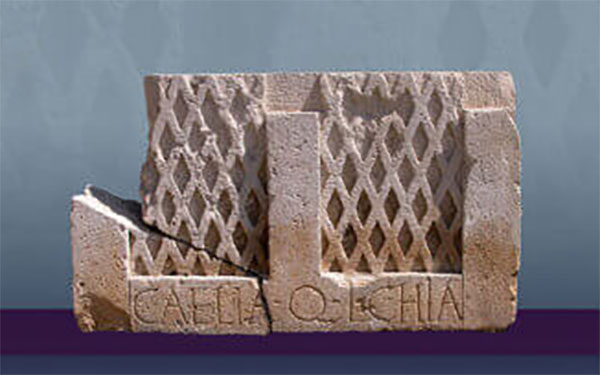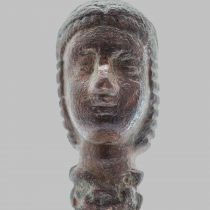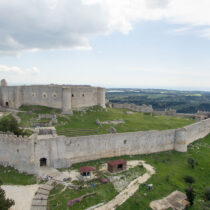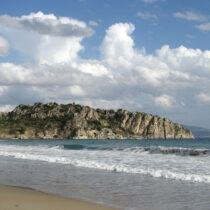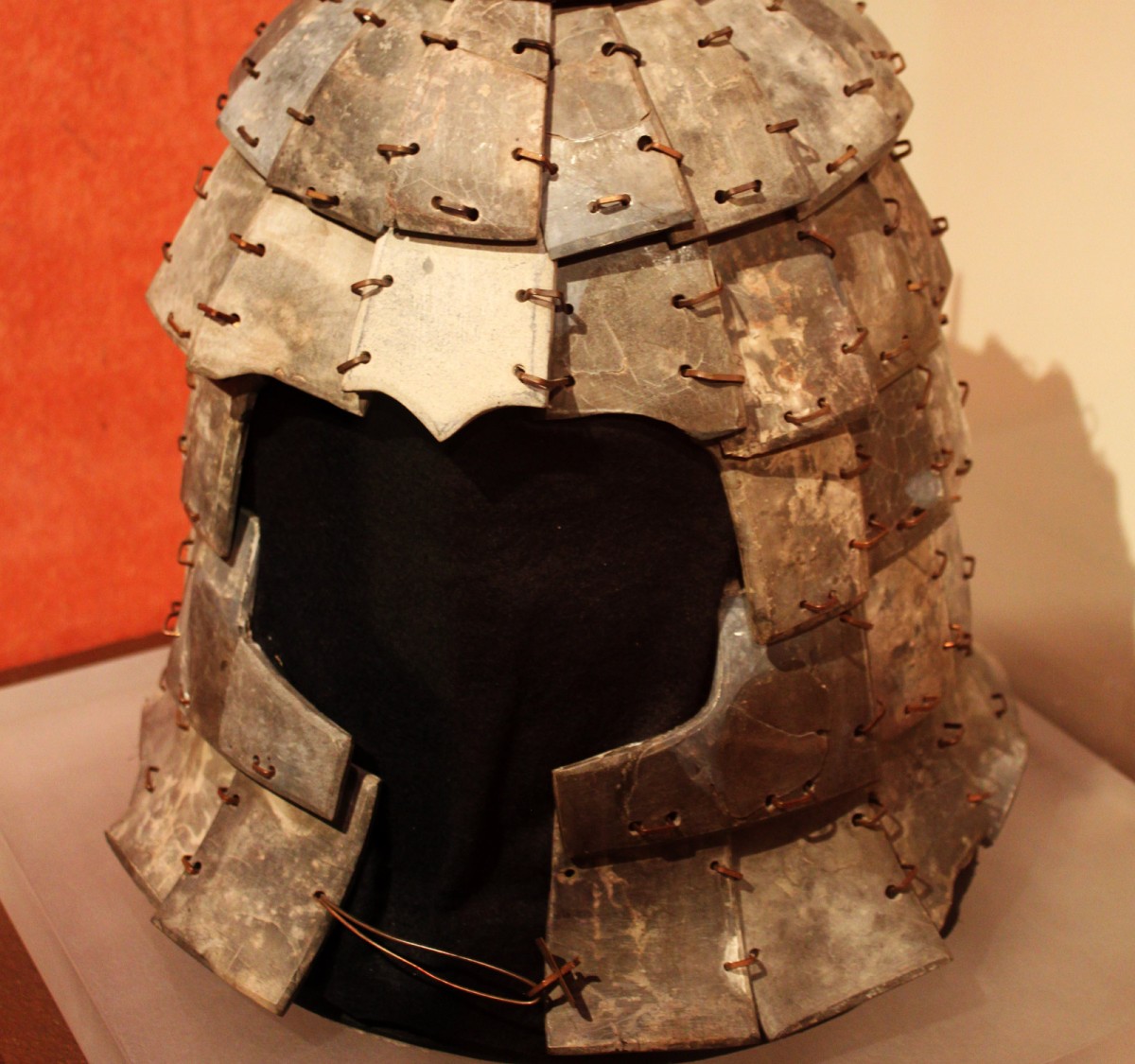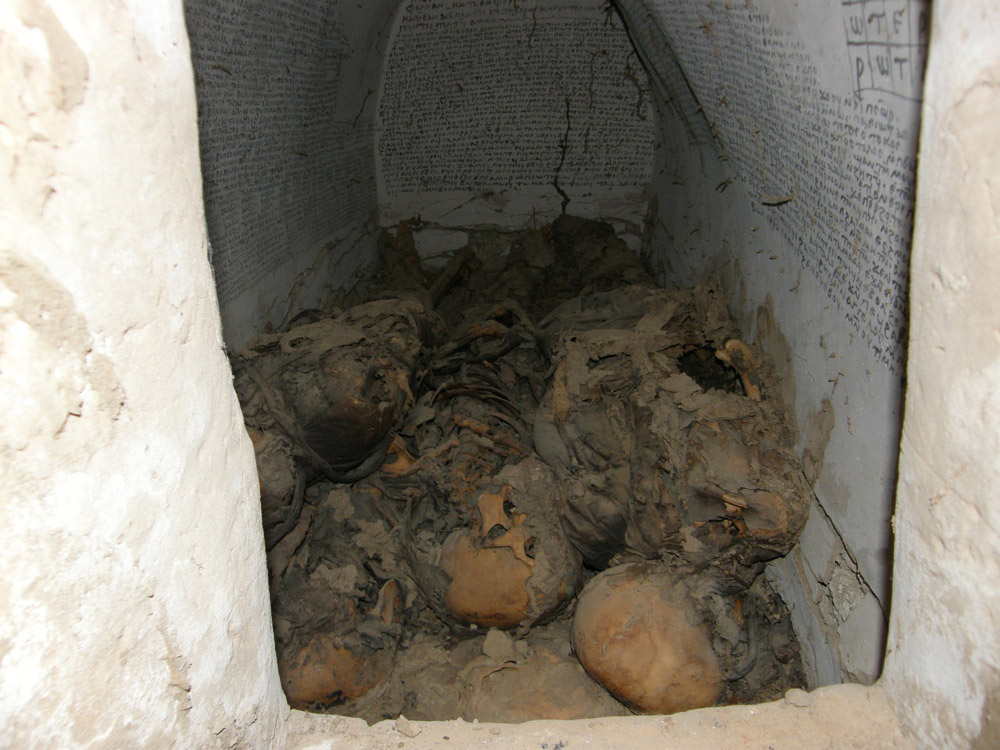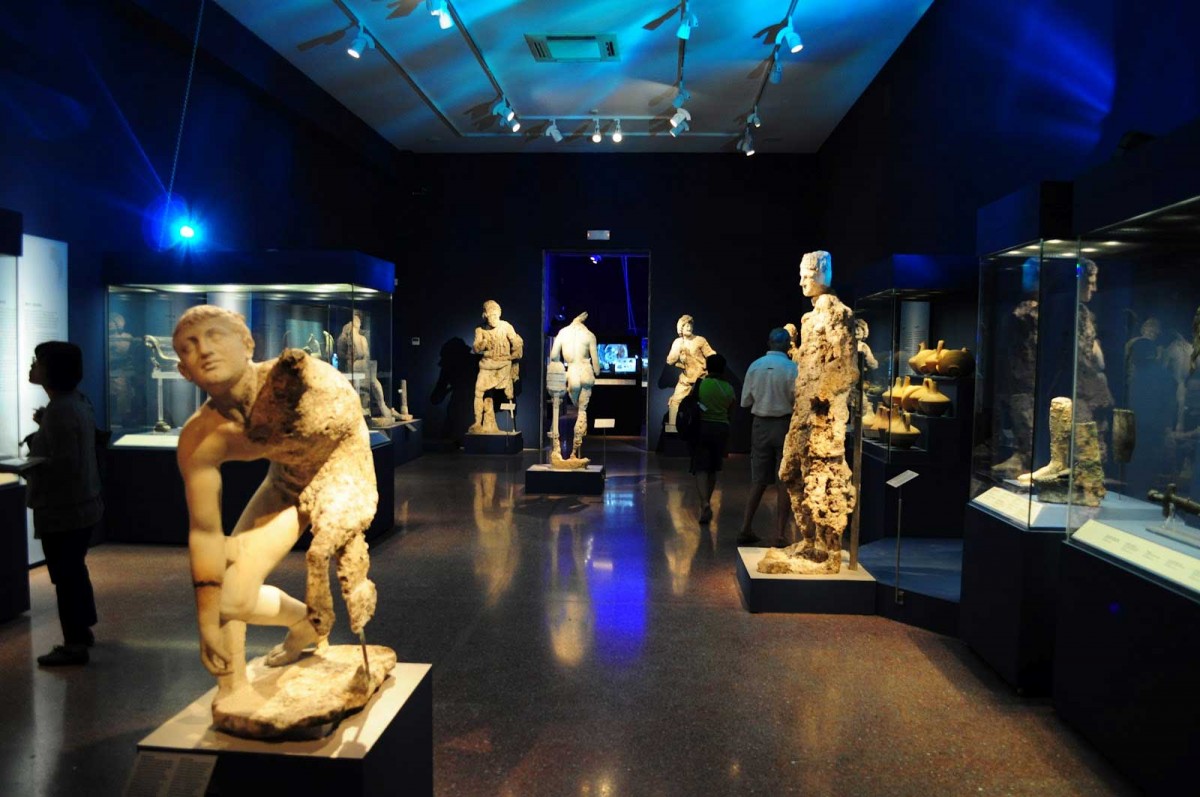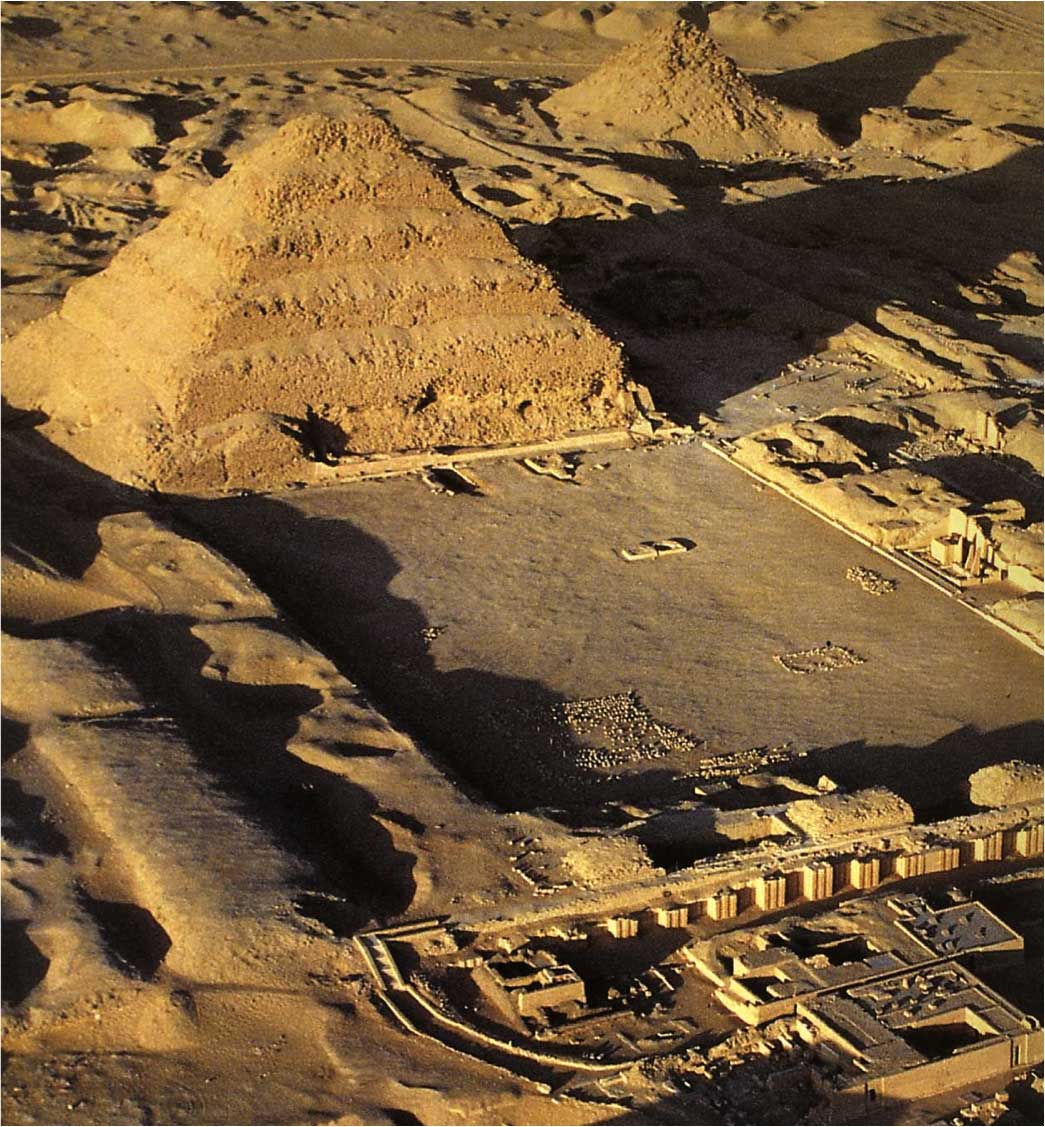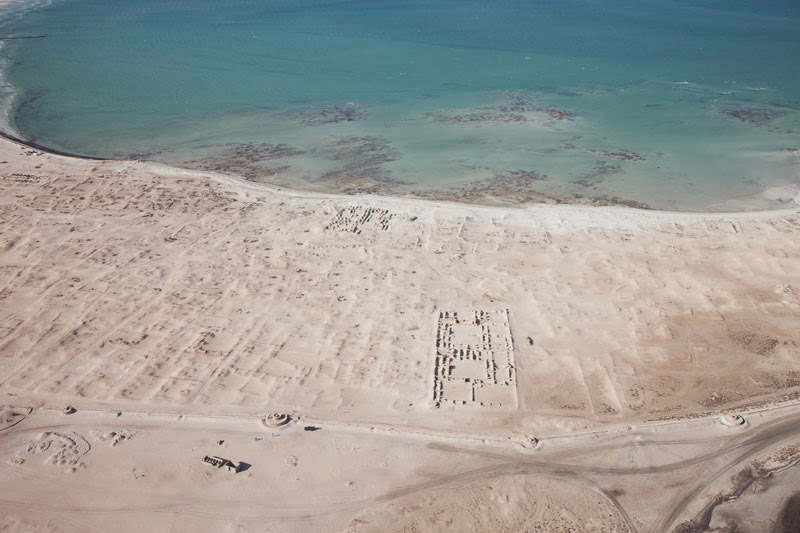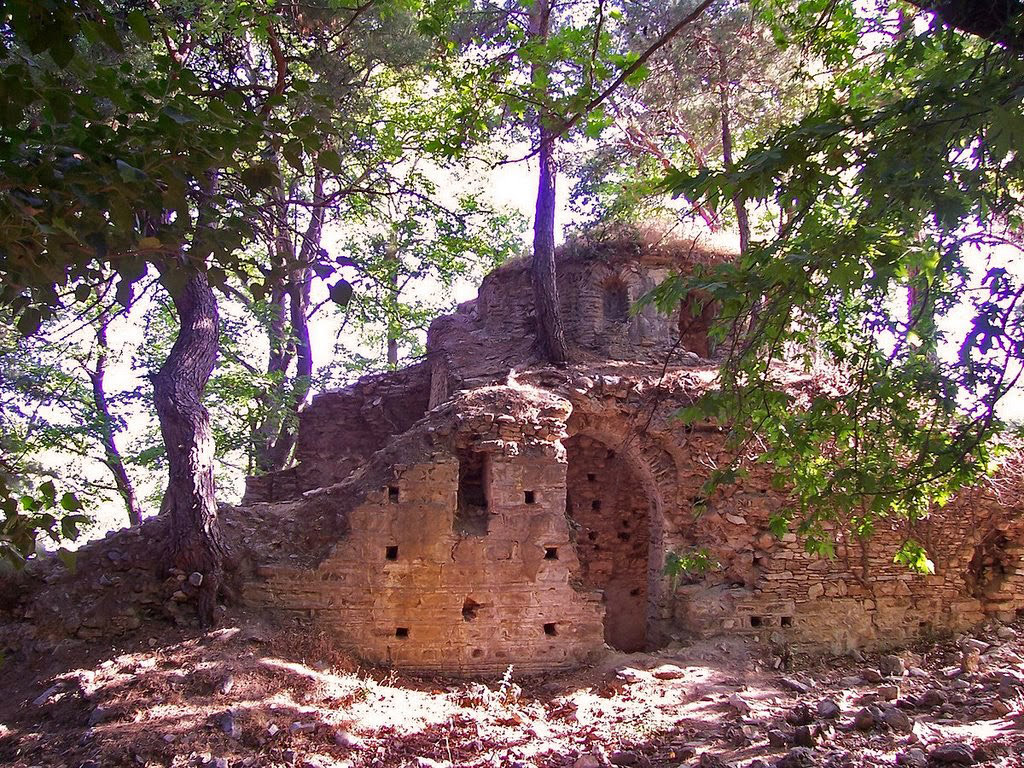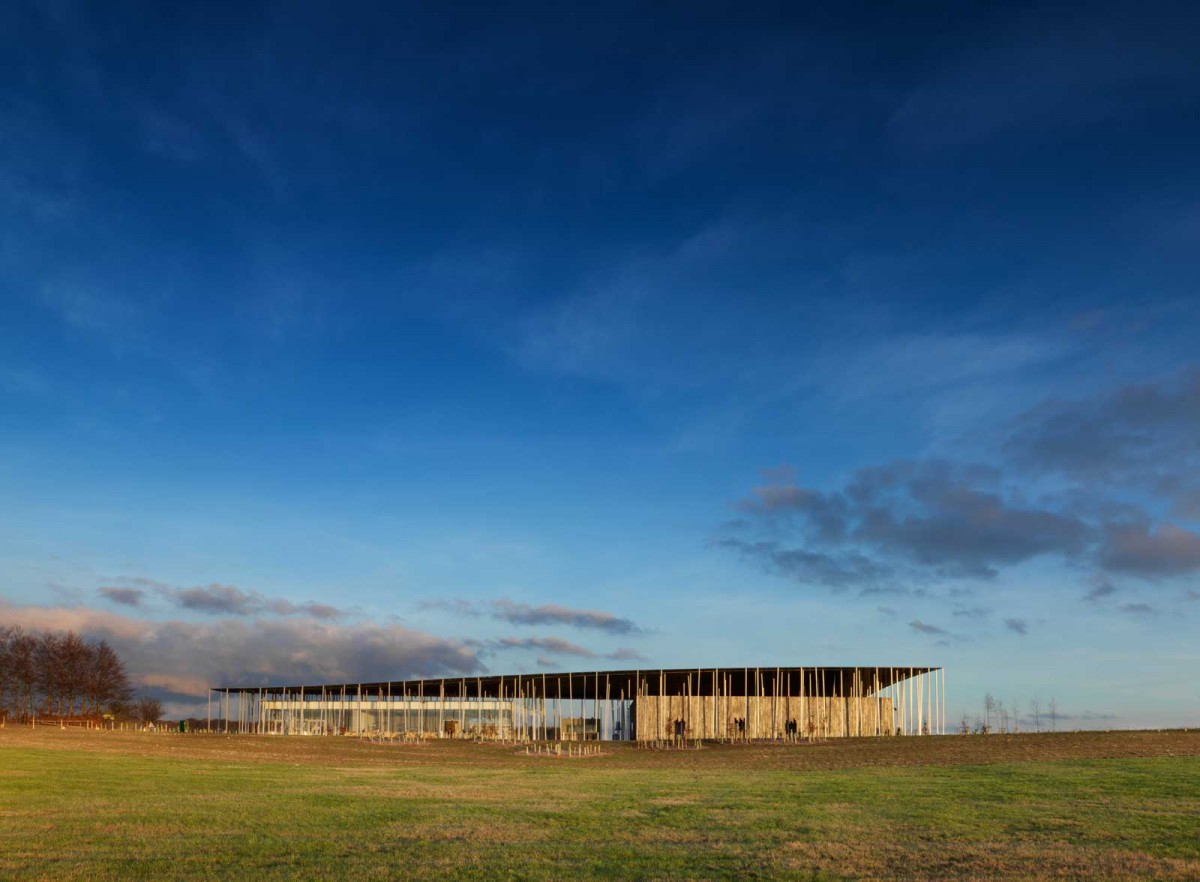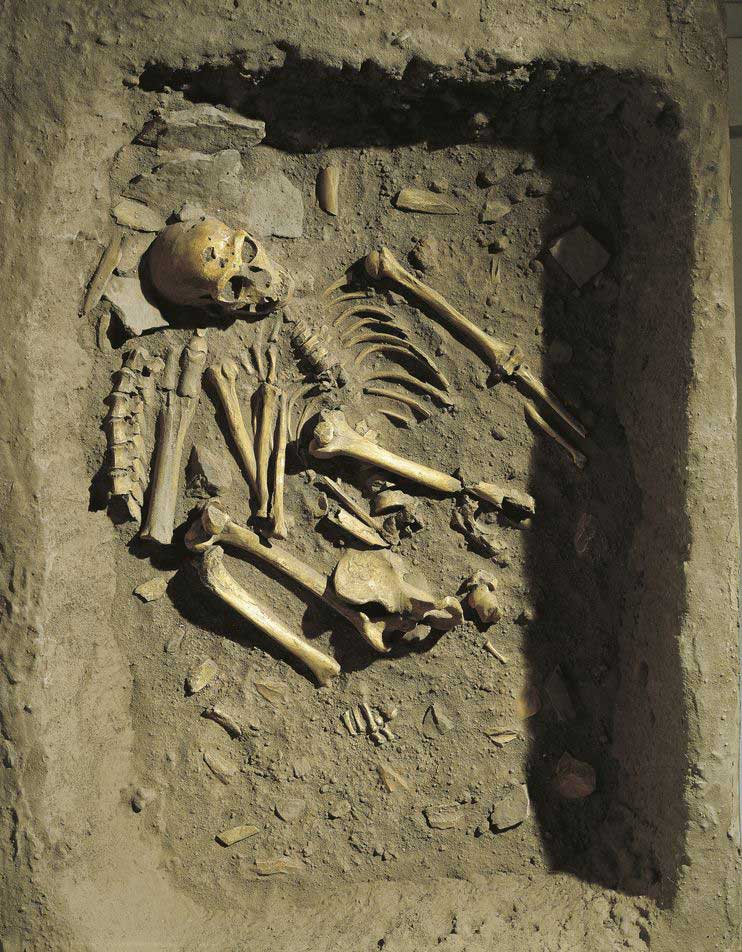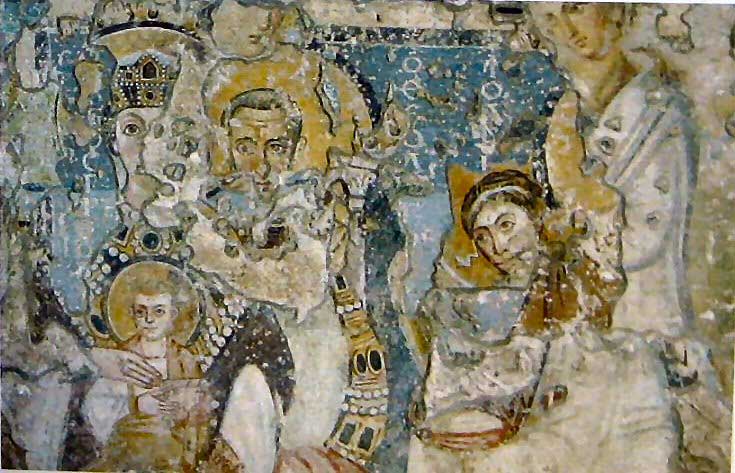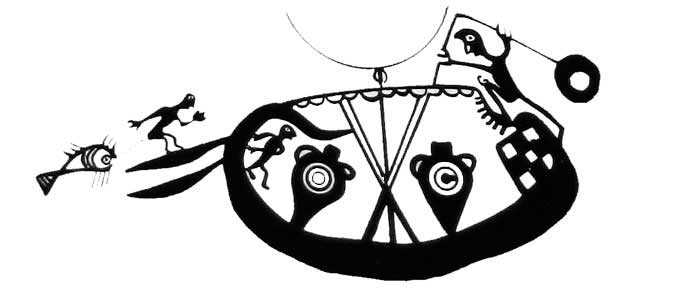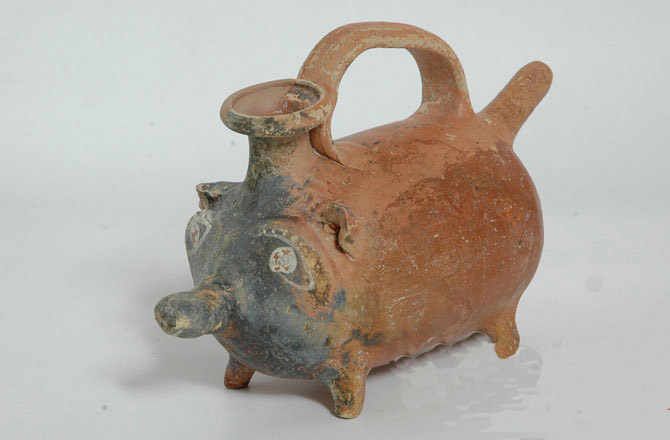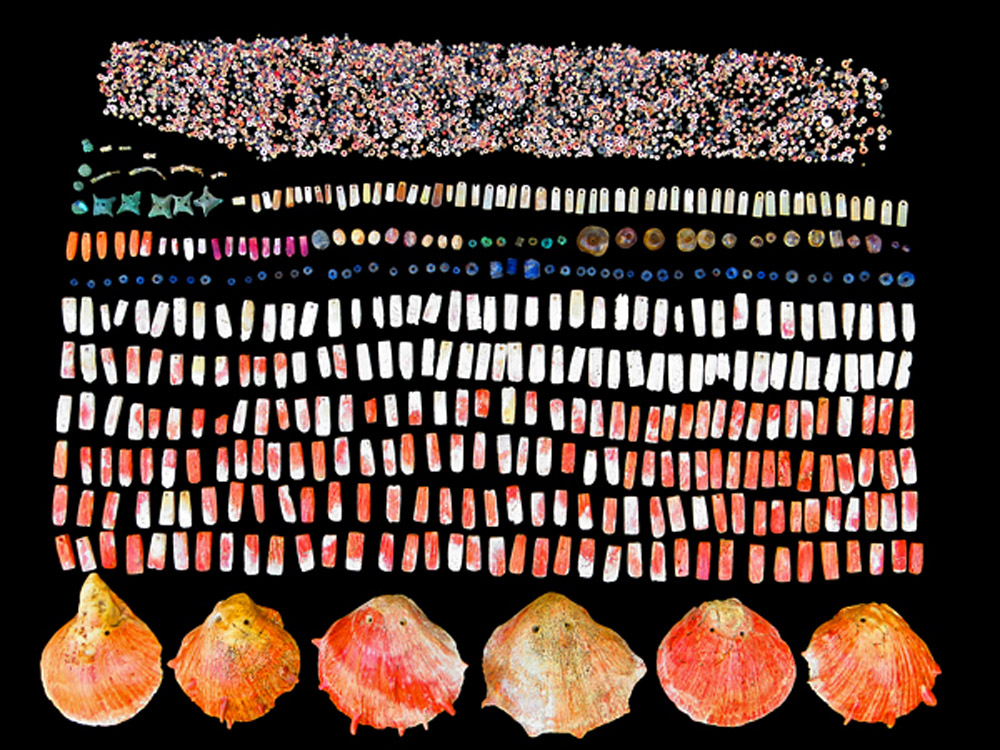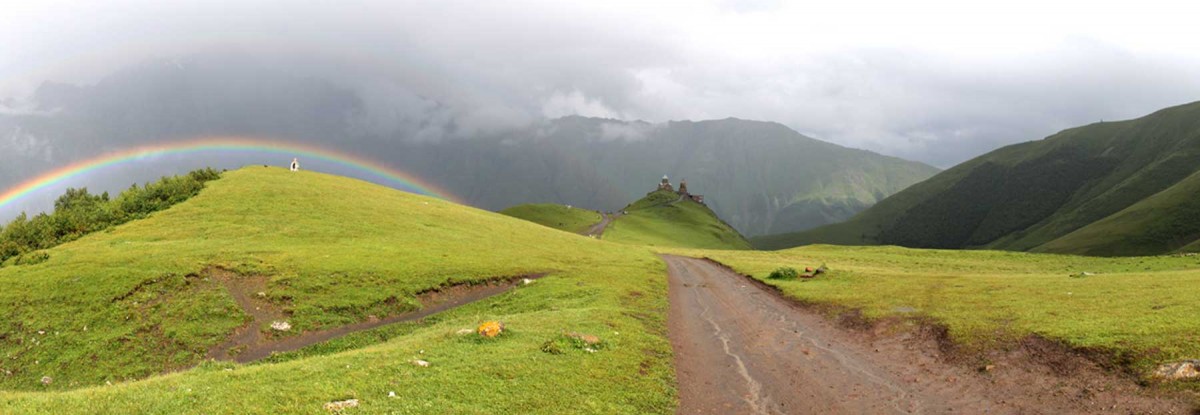Honouring the Sun God through Virtual Reality
Virtual reality programme shows how Augustus chose to commemorate his patron god by aligning two important monuments.
Armor for the Emperor’s Army
Stone helmets and armor for both soldiers and horses have been discovered at the mausoleum of Emperor Qin, some 35 kilometers from Xi'an in Northwest China's Shaanxi Province.
Tales From the Crypt
Seven naturally mummified bodies found in a crypt with vaulted ceiling and fully inscribed walls.
The Antikythera Shipwreck on show until June
The exhibition "Antikythera Shipwreck - The ship, the treasures, the mechanism" will run through June 29, 2014.
New theory about pyramid building
Peter James, managing director of Cintec International, has developed his own theory about how pyramids were built.
Unveiling Al Zubarah
The city remains represent the first Qatar monument to enter the UNESCO World Heritage List.
Hagios Averkios’ Monastery in Danger
The monastery has stood since the 11th century, and was still used until 200 years ago.
New visitor centre of Stonehenge opens today
The long-awaited Stonehenge exhibition and visitor centre opens today, 18 December.
Cat domestication
How much do we know about the process of cat domestication? A new study provides the earliest known evidence for mutualistic relationships between people and cats.
The Marking War
The case was enough to highlight a number of cases where academic lecturers had been pressurized by their universities in similar ways and for similar reasons.
Neandertals did bury their dead
Neanderthals buried their dead, a new research of remains discovered in southwestern France concludes.
UNESCO Sounds Alarm On Looting in Syria
UNESCO admit they have no detailed image on the extent of looting, yet they issued a "red list" of types of artifacts to alert museums, collectors and auction houses.
The “Mediaeval Sistine Chapel” to reopen to public
As the restoration programme at the 5th church of Santa Maria Antiqua in the Roman Forum moves to completion, the monument is expected to reopen to public in spring.
Appeal to Greek Prime Minister not to devaluate professional tourist guides
The Panhellenic Tourist Guide Federation (POXEN) has launched a petition in order to urge the Greek government to reconsider its policy towards tourist guide profession and training.
Nobel prize winner accuses top science journals of “tyranny”
Randy Schekman says his lab will no longer send papers to Nature, Cell and Science as they distort scientific process.
Clues From a Tombstone
Glimpses into the life of an ancient Israelite woman through the course of a semester.
The Museum of Cycladic Art launches the Cyprus Seminar
Aiming at the wider dissemination of knowledge about ancient Cyprus, the Museum of Cycladic Art is starting a new series of public talks titled “Cyprus Seminar: Recent developments in the archaeology of the Eastern Mediterranean”.
Baby Care Messapian-Style
Featuring pointy ears and human-like eyes, the pig-shaped guttus featured terracotta rattles in its tummy to apparently encourage the baby to sleep after the meal.
Archaeological research in eastern Achaea
The ongoing large-scale technical works in Achaea during the last five years, i.e. the construction of the Olympia Hodos (Olympia Motorway) and the New Railway Track from Athens to Patras (section Kiato-Rododaphni) prompted extensive archaeological investigations.
Leopard Figure Revealed in Denizli
A wall-painting depicting a leopard has been found by archaeologists working at the ancient city of Tripolis in Buldan district, Denizli, Turkey.
A Tomb of Chimú Nobles in Pictures
A testament to the power that the ancestors had over Chimú-Inca nobility and Andean society.
Two Greco-Roman Tombs Excavated in Qantara East
The necropolis was subjected to illegal excavation which forced the Ministry of State for Antiquities to immediate begin its own excavation there.
US graduate student, postdoctoral and junior scholar fellowships
The American Research Institute of the South Caucasus (ARISC) announces the availability of US graduate student, postdoctoral and junior scholar fellowships in support of research and mentoring activities in the South Caucasus.
